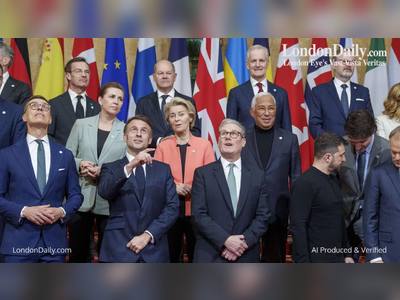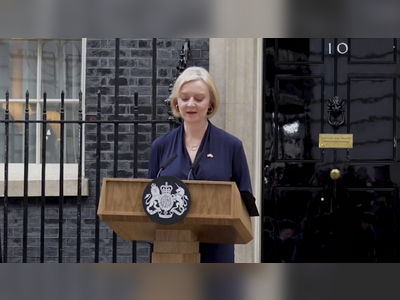UK Pre-Budget Blues and Rate-Cut Concerns Pile Pressure on Pound
Sterling nears multi-month lows amid fears of fiscal drag and Bank of England easing ahead of the November 26 budget
Traders are increasingly bearish on the British pound as the looming autumn Budget and shifting expectations over the Bank of England’s policy path weigh on sentiment.
Sterling has dipped to around US$1.305 and 88 pence against the euro, representing its weakest levels in months.
Market participants now assign roughly a one-in-three chance of an interest-rate cut this month, compared with near-zero just weeks earlier.
The change in expectations reflects a dual concern that the government’s forthcoming fiscal tightening under Rachel Reeves could undercut growth and that the central bank might respond by easing to support the economy.
Options markets show a marked skew toward bets on further pound weakness: one-month risk reversals have collapsed to approximately -1.21 percentage points, the lowest since January, indicating a high cost for holding sterling-buy options.
The trend suggests investors are positioning for downside and have shifted from previous bullish stances.
Investors cite the chancellor’s earlier comment on “hard choices” and the suggestion of tax rises as further fuel for the currency’s slide.
A budget framed around suppression of spending and revenue increases could erode confidence in growth and heighten the odds of monetary easing.
Although a currency something-of-a bargain at current levels, structural concerns weigh: the UK economy continues to contend with low productivity, high debt and elevated borrowing costs.
There is a scenario, however, in which sterling could recover: if the Budget delivers credible growth-oriented measures rather than purely fiscal tightening, confidence could rebound and support the currency.
But for now the market remains cautious, with traders maintaining a bearish stance and watching the autumn Budget as a key point of inflection.
Sterling has dipped to around US$1.305 and 88 pence against the euro, representing its weakest levels in months.
Market participants now assign roughly a one-in-three chance of an interest-rate cut this month, compared with near-zero just weeks earlier.
The change in expectations reflects a dual concern that the government’s forthcoming fiscal tightening under Rachel Reeves could undercut growth and that the central bank might respond by easing to support the economy.
Options markets show a marked skew toward bets on further pound weakness: one-month risk reversals have collapsed to approximately -1.21 percentage points, the lowest since January, indicating a high cost for holding sterling-buy options.
The trend suggests investors are positioning for downside and have shifted from previous bullish stances.
Investors cite the chancellor’s earlier comment on “hard choices” and the suggestion of tax rises as further fuel for the currency’s slide.
A budget framed around suppression of spending and revenue increases could erode confidence in growth and heighten the odds of monetary easing.
Although a currency something-of-a bargain at current levels, structural concerns weigh: the UK economy continues to contend with low productivity, high debt and elevated borrowing costs.
There is a scenario, however, in which sterling could recover: if the Budget delivers credible growth-oriented measures rather than purely fiscal tightening, confidence could rebound and support the currency.
But for now the market remains cautious, with traders maintaining a bearish stance and watching the autumn Budget as a key point of inflection.









